To attract broadcast ad dollars, Facebook has redefined itself as a broadcast platform.
Until recently, brands with limited marketing dollars could start a free Facebook Page, post some great content and get in the earned media game. Facebook display ads -- the primary source of revenue -- were an option but not a requirement in the friendly, interactive early days. Marketers worked to generate awareness through comments, likes, and shares of their own posts.
Now with 900 million users and the sharp focus on making money that comes with every IPO, those early Facebook days are gone. Sure, brand Pages are still free and user comments still generate reach across social graphs but in the past few months Facebook changed the game with 3 dramatic product introductions.
More Brand Control on Pages. For five years the default view on brand pages was the wall. User-generated posts and responses took part in an active, visible exchange between fans and brands. Community Management departments and social media agencies sprung up to manage this, comprised mostly of junior writers tasked with moderating and responding.
Timeline changed all that. The community section was shrunk into a small box showing just five posts and moved below the fold, off to the rarely seen right column. User-generated photos and comments were effectively buried in favor of brand-controlled content. Pages offered a massive screen-wide 851px cover photo, a more visible About Us section and a column of brand-generated posts that could be enlarged and pinned to stay up for seven days.
Smart creative agencies quickly leveraged this new control. Junior staffers and PR agencies with customer service roles were replaced by sharp creatives posting (and billing for) engaging brand images, videos, and copy. By reducing the interactive visibility and giving brands more control, Facebook quickly flipped from being an interactive platform with broadcasting possibilities to a broadcasting platform with interactive capabilities. And what's the one thing agencies know about broadcasting platforms? You have to pay to play.
More Paid Media Options. Banner ads have notoriously low clickthrough rates, even on Facebook. The sponsored stories option, rolled out in January 2011, boosted those rates dramatically by showing friends' faces but they were still relegated to the right side of the screen, outside the news feed. Brands questioned the effectiveness of these ads -- GM being the most famous recent example.
In the rush leading up to their IPO, Facebook released the mother of all advertising options: the ability to pay your way into news feeds. They also added Reach Generator, guaranteeing brands reach 75% of their fans each month instead of the standard 16%. Add to that logout screen ads, rich untapped territory shown to the 37 million users logging out of Facebook daily, and Facebook's message to brands was clear: If you want to succeed in Facebook today, you have to pay. Start advertising now or you'll never catch up. Ads drive fan growth and a large fan base is key to high reach, a term every marketer understands.
Agency-Friendly Metrics. In one of their savviest moves to date, Facebook revamped their Insights tool to speak the same language as agencies. Remember the endless debates and wide ranges given around the value of a Facebook fan? The earned media calculations generated from a like or a comment? Brands and their agencies tuned out of those conversations because the social media terms were foreign them. Facebook responded by providing exactly what they asked for: reach metrics. They also engendered healthy competition by exposing key insights for all Pages, allowing brands to compare themselves in their competitive set.
We've come to expect new user interfaces and options over the years with Facebook but this is the first time we've seen so many new features for advertisers. More will come as Facebook finds its footing as a public company.